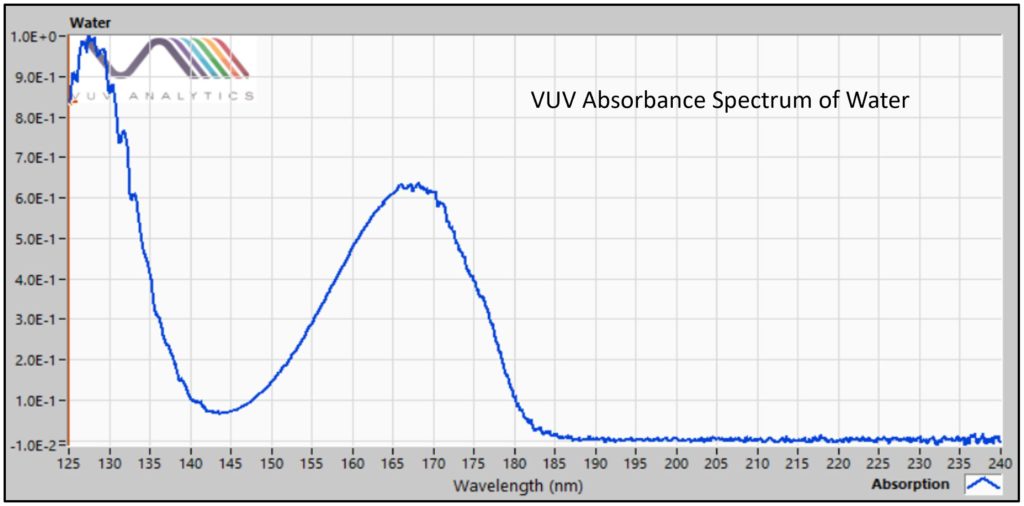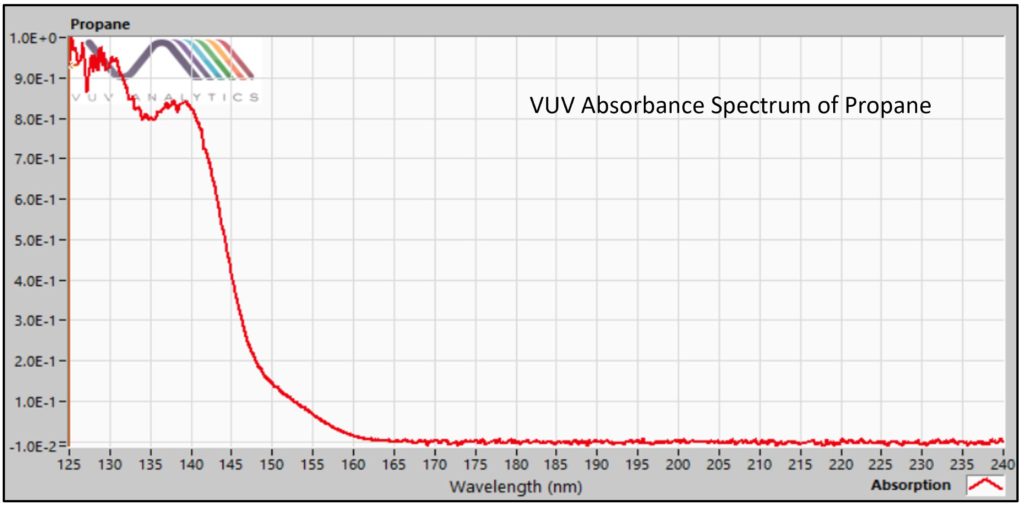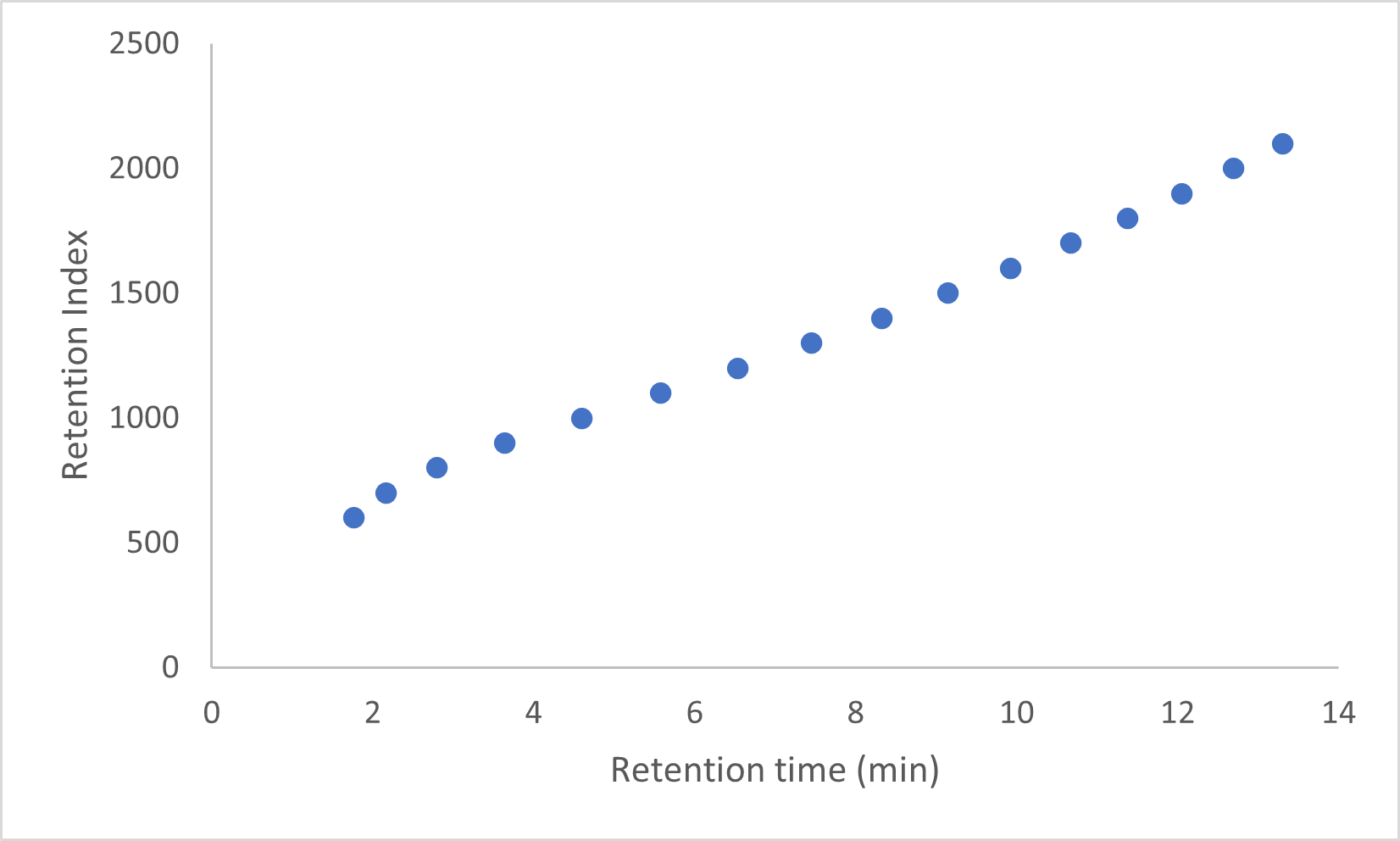Published Jack Cochran on June 11, 2018
Determination of water in gasoline using GC-VUV
Water is a precious commodity and when I go hiking in central Texas this time of year, when the temperature is approaching 38°C (100°F), I’m grateful I have my faithful CamelBak to keep me hydrated. Given how dry it was on a recent trip, I’m sure the rattlesnake I encountered would have enjoyed a sip, too.
Water is not universally appreciated though, especially in our automobile fuel, where it can cause starting and running problems, as well as promoting microbial growth in the fuel system. In the USA, most gasoline contains ethanol at 10%, which can promote increased water content. Can we determine the amount of water in gasoline? Yep, with difficult and sometimes inaccurate Karl Fischer titration. Or, we can do it more easily by GC-VUV.
I recently did some exploratory work looking at various water contents in gasoline, starting at 0.5% and working my way down. I diluted E10 gasoline (ethanol at 10% by volume) that contained 0.5% water with ethanol-free gasoline such that I had various levels of water in gasoline to analyze using GC-VUV.
Water has a distinct VUV absorbance spectrum (Figure 1) and when I plot overlaid chromatograms of water in gasoline you can see that the peak response tracks as expected with water concentration (Figure 2). Hopefully you noticed that our spectral plot range in Figure 2 is restricted to 165-185nm (the full range of the VGA-100 detector is 125-240 nm). If you’re wondering why I don’t plot from, say, 145-185 nm for water, it’s because there is a coelution of water and propane for the GC conditions used for the work. Propane has a good VUV response from 125 to about 160 nm (Figure 3), but starts to become “invisible” about 165 nm, thus the start of the spectral filter plot for water. You can see the effect of choosing the spectral filter plots appropriately in Figure 4, where there are two peak apexes very slightly apart, one for water and one for propane.
Don’t get snake bit by water in your gasoline (or Karl Fischer titration). Use GC-VUV for water analysis.
Read Also: GC – VUV Absorbance Spectroscopy for Quantitative Water Determination

Figure 1. Unlike many GC detectors, the universal nature of VUV spectroscopy allows the sensitive determination of water.

Figure 2. Determination of water in gasoline can be done at lower levels (< 200 ppm) using GC-VUV. A non-polar GC column elutes water very early, away from possible interferences.

Figure 3. Propane coelutes with water during GC-VUV analysis of gasoline, but because it shows no absorbance after about 165 nm, water can be detected by use of a > 165 nm filter.

Figure 4. Appropriate VUV spectral filter display allows the interference-free display of the water peak in gasoline even when it coelutes with propane.










Leave a Reply